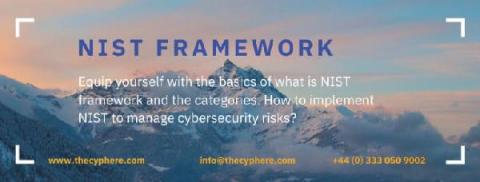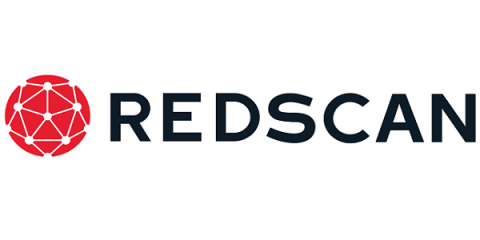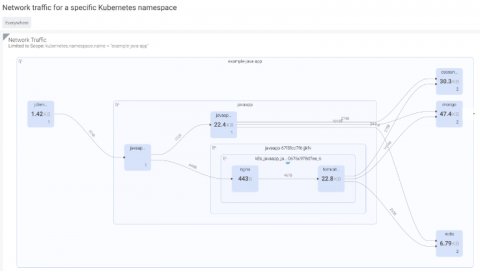Security | Threat Detection | Cyberattacks | DevSecOps | Compliance
NIST
What is NIST Framework in risk management? How to implement?
In 2013, the U.S. President, Barack Obama, passed an order to boost cybersecurity. The order required the development of a risk-based cybersecurity framework for managing cybersecurity risks for essential infrastructure services. A framework was later developed through an international partnership between small and large businesses spearheaded by the National Institute of Standards and Technology (NIST). Here is a look at the NIST Cybersecurity framework and why it is essential.
NIST 800-53: A Guide to Compliance
The NIST 800-53 standard offers solid guidance for how organizations should select and maintain customized security and privacy controls for their information systems. NIST SP 800-53 Revision 5 is one of many compliance documents you need to familiarize yourself with if you are working with information technology. This post breaks it down for you into digestible pieces that emphasize the standard’s practical meaning and application.
Redscan analysis of NIST NVD reveals record number of critical and high severity vulnerabilities in 2020
NIST Cybersecurity Framework - The Key to Critical Infrastructure Cyber Resiliency
In the digital age, organizations and the missions and business processes they support rely on information technology and information systems to achieve their mission and business objectives. Not only is technology used to efficiently enable businesses to carry out operational activities, but it is also the backbone for the United States’ critical infrastructure.
NIST SP 800-128 - Because Patching May Never Fix Your Hidden Flaws
Over the last few years, the idea of patching systems to correct flaws has graduated from an annoying business disruption to a top priority. With all of the notorious vulnerabilities that can wreak total havoc, the time it takes to patch becomes a minor inconvenience when weighed against both the technical challenges and possible regulatory penalties of not patching.
Notable Enhancements to the New Version of NIST SP 800-53
As an infosec professional, you’ve likely heard of the National Institute of Standards and Technology (NIST).
NIST 800-171 vs. CMMC Compliance
How to Comply with the NIST Cybersecurity Framework
Since NIST Cybersecurity Framework is the best solution for better prevention, detection, and response to cybersecurity incidents, various organizations have adopted it to safeguard their IT assets. The 2019 SANS OT/ICS Cybersecurity Survey spells out the NIST CSF as the number one cybersecurity framework in use today. However, it is imperative to consider that how should we comply with NIST CSF in 2020 and beyond? Here is some help!
NIST 800-53 compliance for containers and Kubernetes
In this blog, we will cover the various requirements you need to meet to achieve NIST 800-53 compliance, as well as how Sysdig Secure can help you continuously validate NIST 800-53 requirements for containers and Kubernetes.









